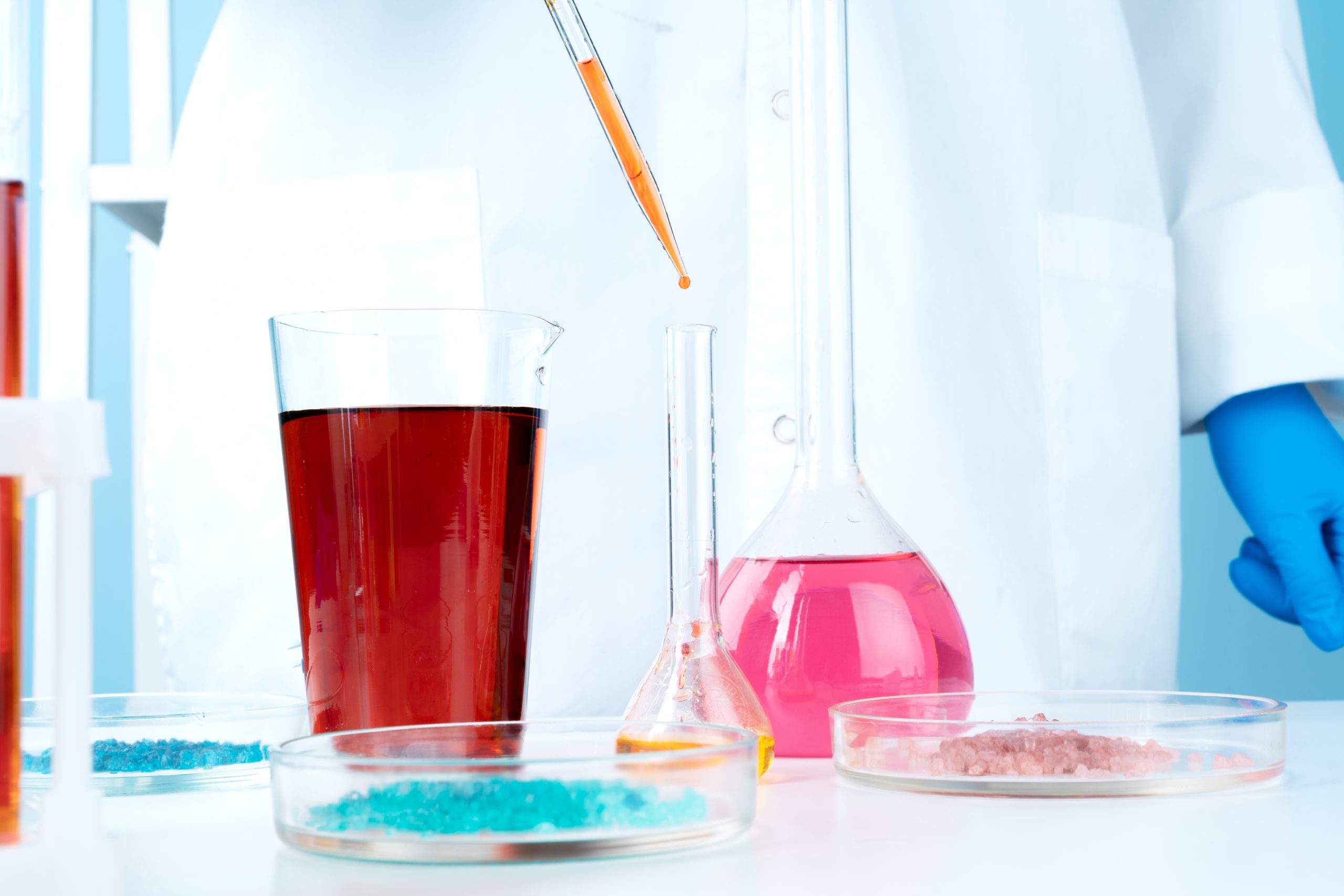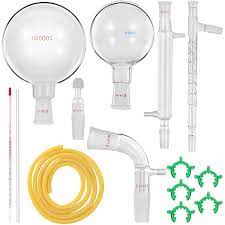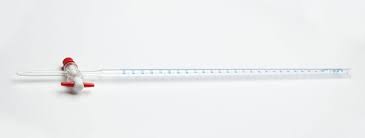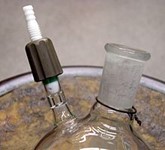In a chemical laboratory there are infinite articles and components made rigorously all in glass that make up the complex instruments used.
We illustrate the main components starting with the ground glass joints that allow you to quickly assemble and disassemble complex equipment used in chemical laboratories for operations such as distillation and reflux.
In these instruments the various glassware components are mounted in a non-permanent way.
There are two commonly used types of joints: tapered and ball joints.
The conical joints consist of a male and a female part with a normalized taper of 1:10.
Most tapered joints are hollow to allow the passage of liquids or gases.
The ball joints have male and female end parts with a spherical ground surface, perforated to allow the passage of liquids or gases.
Ball joints are used when it is necessary to ensure some play at the joint.
Then there are the o-ring joints that use elastomer o-rings to join them.
The dimensions of the o-ring joints are based on the internal diameter of the joint, and are expressed in millimeters.
The laboratory glassware uses closing and opening systems which are simple stop valves, also made of glass.
These stopcocks are commonly used on laboratory glassware such as burettes, separatory funnels and chromatography columns.
The tap is a conical plug with a handle, inserted in the corresponding female joint of ground glass. The female joint does not move, and connects two or more glass tubes.
The tap is perforated with channels and by turning the tap appropriately it is possible to connect or not the pipes attached to the joint.
Most faucets have linear holes. The faucet is held in place in the female joint with metal springs, plastic fixings, nut and washer systems, and in some cases using vacuum.
Faucets are usually made of ground glass.
Source: wikipedia.it






